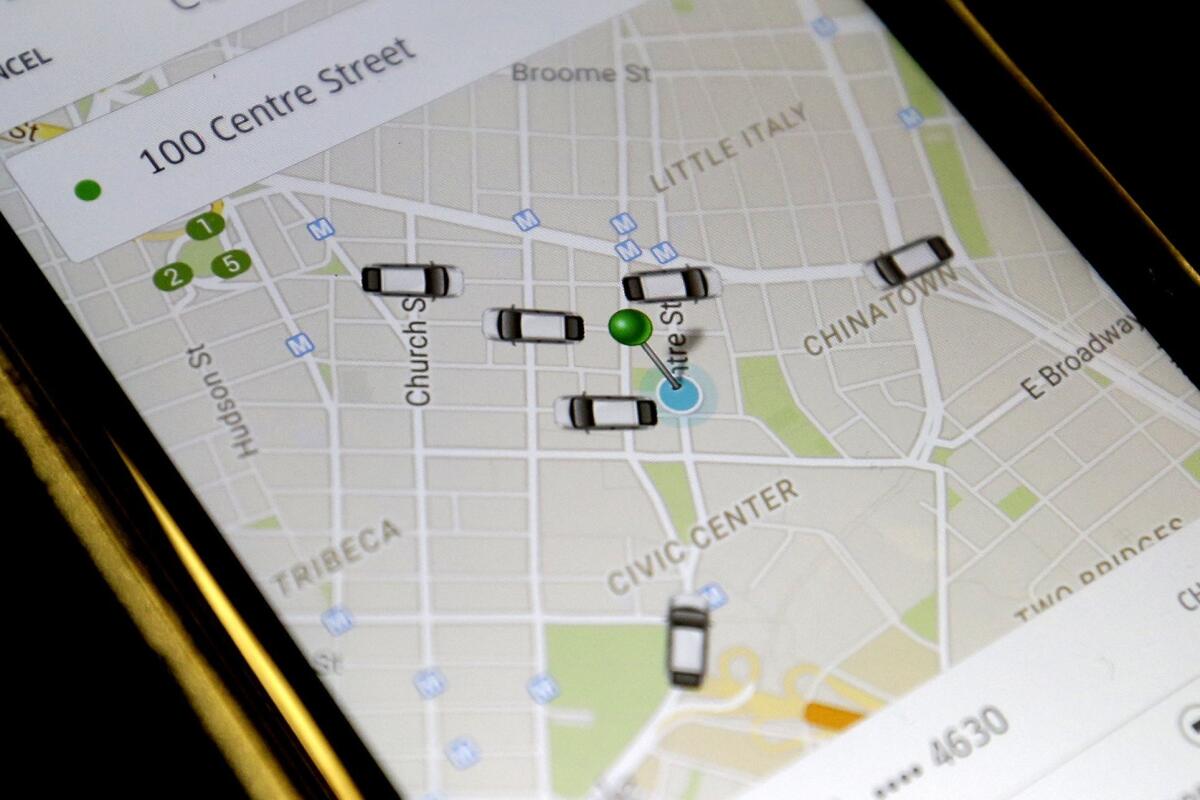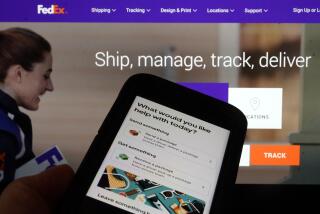Low-cost ride-hailing services could reduce drunk driving deaths, research finds

The more affordable ride-hailing options such as UberX and Lyft may reduce drunk driving-related deaths, new research finds.
The introduction of low-cost on-demand transportation like UberX, Lyft and Sidecar could reduce the rate of drunk driving-related deaths by as much as 3.6%, according to new independent research at Temple University’s Fox School of Business.
The study is based on data from the California Highway Patrol about alcohol-related vehicular fatalities from 540 townships in California from January 2009 through September 2014. The Temple researchers, Brad Greenwood and Sunil Wattal, will present their findings at the Academy of Management’s annual meeting in August.
The research found that the introduction of more expensive transportation services like Uber had little effect on alcohol-related fatalities, but the introduction of Uber’s cheaper service, UberX, made a noticeable difference. When the researchers factored in competitors like Lyft and Sidecar, which offer similarly priced services, “the results were actually stronger,” Greenwood said.
The research concluded that low cost was a critical factor.
In addition to comparing the number of fatalities in cities where on-demand transportation was introduced and where it was not, the researchers considered a community’s population, median income, number of college graduates, the population over the age of 65, the population living in poverty, and the number of individuals within the county working in law enforcement.
Stunning photos, celebrity homes: Get the free weekly Hot Property newsletter >>
But the paper is only a starting point, and more in-depth research needs to be done, Greenwood said.
The research focused only on California, he noted, and did not measure certain external factors that could have influenced the results. For example, most ride-hailing services do not reveal how many drivers they have in a market, so Greenwood and Wattal couldn’t factor in those numbers. Nor did they have access to data about when surge pricing was in effect or passenger demographics.
Still, “valid conclusions could be drawn from the data,” Greenwood said, “and it’s very important future research begin to investigate that.”
Twitter: @traceylien.
MORE ON RIDE SHARING
Uber tests car leasing program for drivers
Uber will spend $1 billion to grow presence in India
Passenger killed when suspected drunk driver hits Uber car in Costa Mesa







